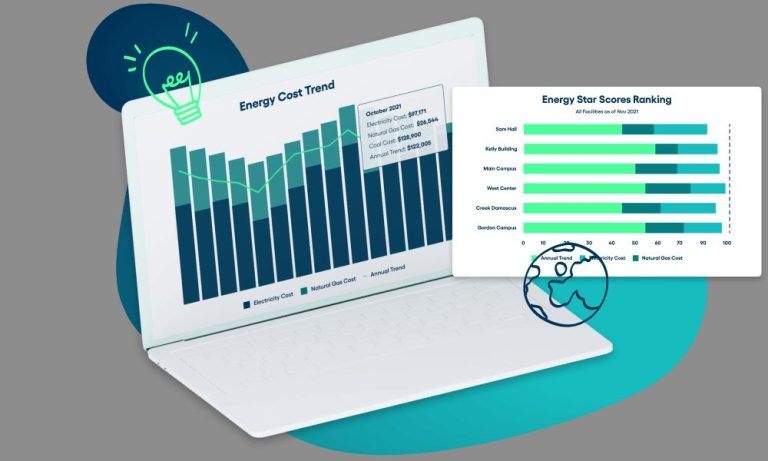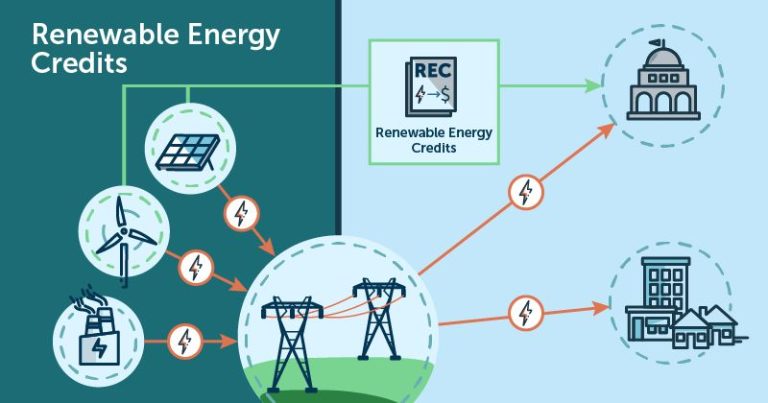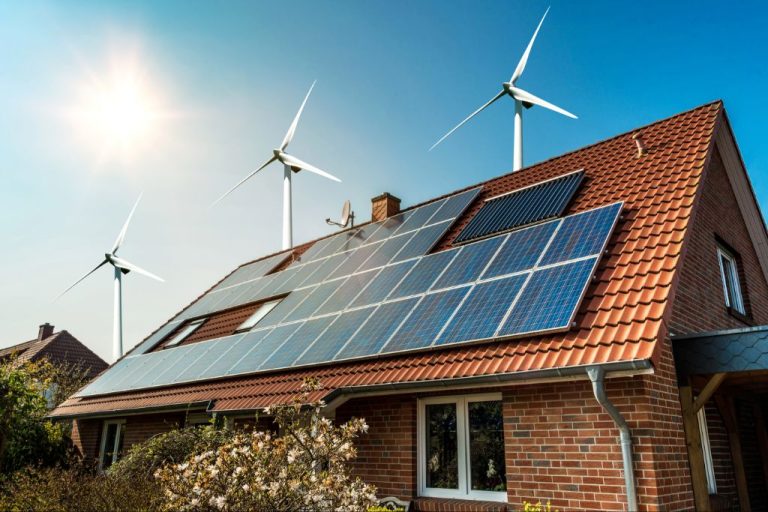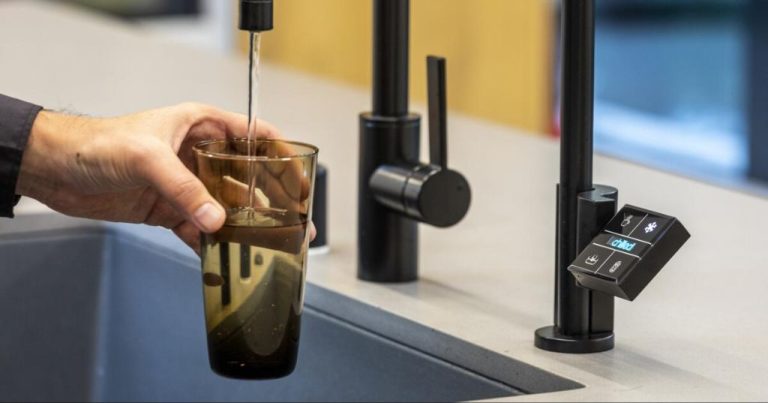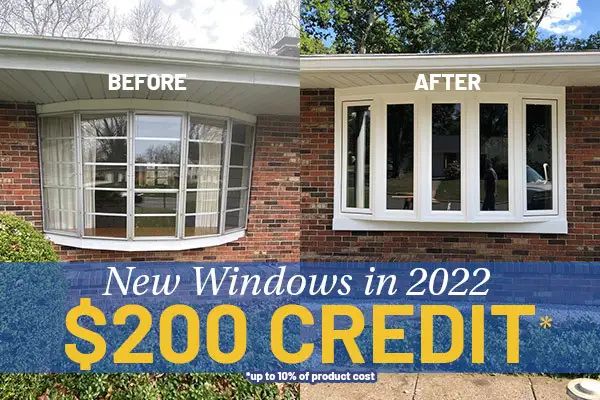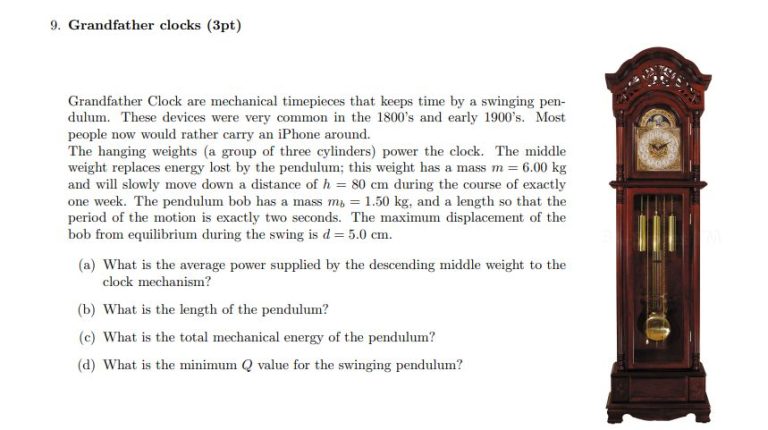What Are Some Strategies To Conserve Energy And Increase Energy Efficiency?
Understand Your Energy Usage
The first step to conserving energy is to understand where and how you use energy in your home. Track your monthly energy usage and costs to identify trends and peak times. Home energy monitors like Sense Energy Monitor and Eyedro EYEFI let you monitor real-time and appliance-level energy usage [1].
Pay attention to your highest energy appliances like refrigerators, water heaters, washers and dryers. Use energy calculators to estimate the electricity consumption of each appliance and identify energy hogs [2]. Shift their usage to off-peak hours if possible.
Finally, use an online calculator to estimate your home’s carbon footprint based on energy usage. This will reveal opportunities to reduce emissions through conservation and efficiency.
Upgrade Appliances and Lighting
Replacing old appliances with ENERGY STAR models can significantly reduce energy use and utility bills. According to the U.S. EPA, ENERGY STAR appliances are 10-50% more energy efficient than standard models. For example, an ENERGY STAR refrigerator uses at least 15% less energy than required by federal standards.
One study found that Energy Star dryers can save over 20% on energy costs compared to traditional models. Over the lifetime of an appliance, these energy savings really add up.
In addition to appliances, switching to LED light bulbs can drastically cut lighting energy use. LED bulbs use at least 75% less energy and last 25 times longer than traditional incandescent bulbs. Replacing all home lighting with LEDs can reduce lighting electricity use by as much as 90%.
Improve Insulation and Sealing
One of the most effective ways to conserve energy in your home is to improve insulation and seal air leaks. Adding insulation to your attic, walls and floors can significantly reduce heating and cooling costs by preventing conditioned air from escaping outside. According to the Department of Energy, you can save up to 20% on heating and cooling costs by properly insulating your home.
Some key recommendations for improving insulation:
- Add insulation in your attic. An R-value between R-30 and R-60 is recommended for most attic spaces.
- Install insulation in exterior and basement walls. Recommended R-values vary from R-13 to R-21 depending on your climate.
- Add insulation under floors to reduce heat loss.
- Use spray foam insulation for sealing air leaks and insulating gaps.
Along with insulation, caulking and weatherstripping around windows and doors can reduce air leaks. You can also install storm windows to provide an extra layer of insulation. The Department of Energy estimates you can reduce energy costs by up to 10% by sealing air leaks in your home.
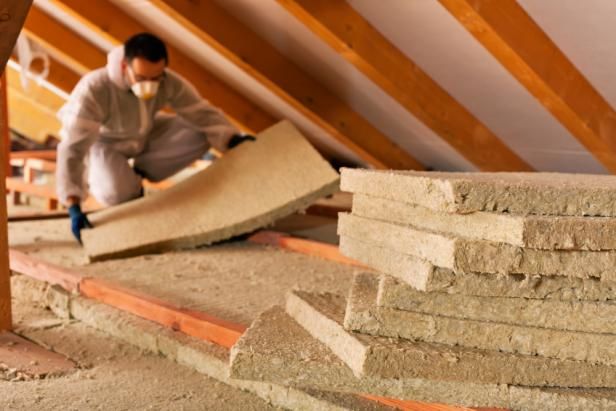
Improving insulation and sealing air leaks provides meaningful energy savings and keeps your home comfortable all year long. Contact a local insulation company for a professional assessment and installation.
Program Your Thermostat
One of the easiest ways to conserve energy in your home is to program your thermostat effectively. According to Thermostat Settings Mastery Unlock the Secrets of Energy Conservation, setting your thermostat to 68°F in winter and 78°F in summer allows for substantial energy savings. Using a programmable thermostat makes it easy to adjust the temperature when you are away from home or sleeping. As noted in What Steps Can I Take to Improve Home Energy Efficiency, programming your thermostat to raise the temperature when unoccupied and lower it right before you return home is an effective way to reduce your energy usage.
Investing in a programmable or smart thermostat enables you to set customized heating and cooling schedules to match your daily routine. This ensures you are only heating or cooling the home when needed for comfort. The right thermostat settings during both summer and winter months can lead to significant energy savings over time without sacrificing comfort.
Conserve Water
You can significantly reduce your energy consumption by using less hot water in your home. Here are some effective tips:
Take shorter showers or reduce the flow of water coming out of the showerhead. Try taking 5 minute showers instead of 10 minute showers. Install a shower timer to help stick to your goal shower length. You’ll use less hot water each time you shower. If your shower has a high flow rate of 2.5 gallons per minute, you could save 12.5 gallons for each 5 minute reduction.
Install low-flow faucets and showerheads that conserve water. Low-flow showerheads typically restrict the flow to around 2 gallons per minute or less. Switching from a standard 5 gallon per minute showerhead to a 2 gallon per minute low-flow model can save 20 gallons of water during a 10 minute shower. Multiply those savings by the number of showers taken per day by household members.
Immediately fix any dripping faucets or showerheads in your home. Just a minor faucet drip can waste hundreds of gallons each month. Fixing leaks quickly can lead to substantial water savings over time.
Use Energy-Efficient Settings
Enabling energy-saving settings on appliances and electronics is an easy way to conserve energy. Many appliances like refrigerators, dishwashers, washing machines, and dryers come with energy-saving modes that can be enabled. For example, ENERGY STAR certified refrigerators use 9% less energy than standard models on average [1]. Washing clothes in cold water instead of hot can reduce the energy needed for laundry by 75% [1]. Air drying dishes instead of using heated drying in a dishwasher cuts the appliance’s energy use by up to 50% [1].
Computers, monitors, printers, and other electronics also have power management settings that switch to low-power sleep mode when not in use. Enabling these settings can save $25-75 per computer annually [2]. Simple adjustments like these require little effort but can make a measurable difference in home energy efficiency.
Change Habits
Making small changes to your everyday habits and behaviors can significantly reduce your energy usage and costs. Here are some simple tips:
Turn off lights when leaving a room. Switching off lights when not needed can reduce lighting costs by up to 10%, saving many families more than $100 per year (source). Make it a habit to flick the switch whenever exiting an empty room.
Unplug devices when not in use. Phantom load from idle electronics can account for 5-10% of household energy use. Unplugging unused devices like phone chargers, laptops, and small kitchen appliances can eliminate this waste (source). Use power strips to make it easier to cut power to multiple devices at once.
Open blinds during the day for passive solar heating. Letting sunlight in warms your home naturally, reducing the need for heating. Close blinds at night for insulation. Strategic window covering use can reduce heating and cooling costs by up to 25% (source).
Shift Energy Usage
One strategy to conserve energy is to shift when you use energy throughout the day. Energy usage during peak hours between 3 pm to 9 pm on weekdays is often more expensive. By shifting high energy activities like running the dishwasher or washing machine to nighttime hours instead, you can avoid peak rates and lower your electricity bills (source).
You can also pre-heat or pre-cool your home just before peak rates start in the late afternoon. This allows you to maintain comfort when rates are higher without having to run the heating or air conditioning as much (source). Programming your thermostat with different temperatures for peak versus off-peak times can automate this process.
Shifting energy usage to non-peak times is an easy way to conserve energy and save on electricity costs.
Consider Renewables
Switching to renewable energy sources at home is one of the most impactful ways to reduce your carbon footprint. There are several clean energy technologies available for residential use:
Install solar panels on your roof to convert sunlight into electricity and reduce your reliance on the grid. According to the Energy Information Administration, solar power is the fastest growing renewable energy source in the U.S. Photovoltaic solar panels can provide up to 40% of a home’s energy needs.
Install a small wind turbine to harness wind energy. Residential wind turbines come in many sizes and can be installed on properties with sufficient wind resources. Wind turbines work together with solar panels to provide clean electricity.
Switch to a tankless on-demand water heater which only heats water as needed, reducing energy waste. On-demand water heaters can reduce water heating bills by as much as 30% compared to conventional storage tank models.
Plant trees strategically around your home for natural shading which reduces the need for air conditioning in warm months. According to the Department of Energy, strategic tree planting can reduce a home’s air conditioning costs by up to 50%.
Consider switching to renewable energy through your utility provider. Many energy companies now offer residential customers the option to source a portion or all of their electricity from renewable sources through renewable energy certificate (REC) programs.
Get an Energy Audit
Having a professional energy auditor conduct a comprehensive audit of your home is one of the best ways to identify opportunities for improving efficiency. An energy audit will assess the building envelope, HVAC systems, appliances, lighting, and other major energy uses. The auditor will use diagnostic tools such as blower doors, infrared cameras, and more to detect leaks, drafts, insulation issues, equipment problems, and areas for optimization.
Once the audit is complete, you will receive a detailed report outlining the issues discovered and recommendations for upgrades and improvements. Typical recommendations may include adding insulation, sealing air leaks, upgrading to energy efficient appliances and lighting, replacing old HVAC equipment, installing smart thermostats and controls, and more.
Be sure to work with a certified professional auditor with experience conducting residential energy audits. They will follow established guidelines and protocols to ensure a comprehensive and standardized process. Expect the audit to take 2-4 hours for the average single family home.
Carefully review the recommendations and implement as many as feasible.
Studies show that households can reduce energy usage by 20-30% or more by enacting audit recommendations. The upfront investment will pay off over time through lower utility bills and improved home performance.

